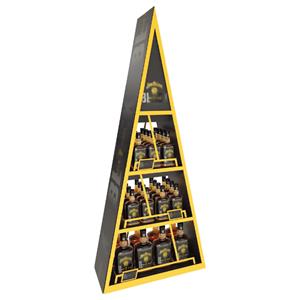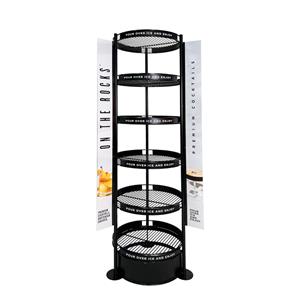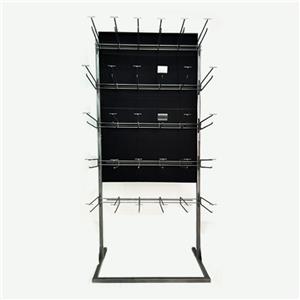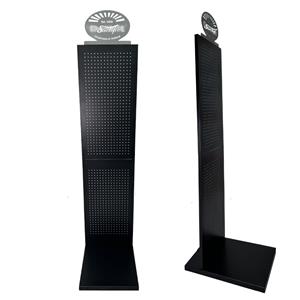Three Minutes to Choose the Right Display Rack
Three Minutes to Choose the Right Display Rack
Table of contents
1)Introduction
2)Identify Metal Display Rack Needs and Choose the Best Fit
3)Focus on Materials and Build Quality of Metal display rack and Product display rack
4)Design with Functionality in Mind
5)Consider Budget and Value
6)Choose Trusted Suppliers and Services
7)Conclusion
8)Sintop Value
In today's competitive retail and commercial landscape, selecting the right display rack is essential to enhancing product visibility, improving space utilization, and elevating brand value. With so many options available, how can businesses make a quick and smart decision? In just three minutes, this guide will help you identify the perfect metal display rack, product display rack, or countertop display rack for your needs.
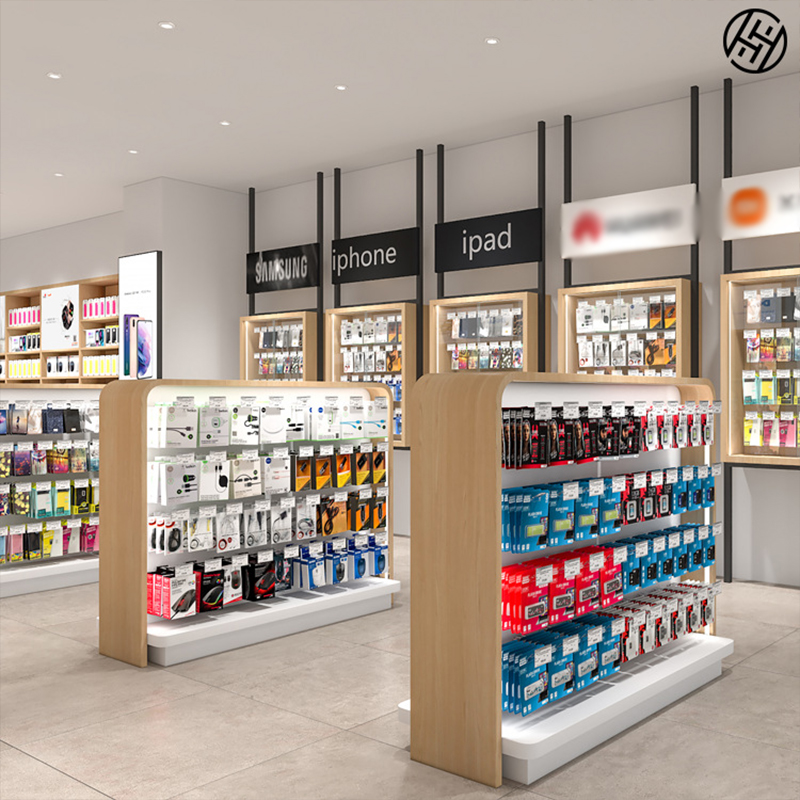
1. Identify metal display rack Needs and Choose the Best Fit
Different environments call for different types of display solutions. Here's how to match your needs:
metal display rack: Designed for durability and strength, the metal display rack is ideal for supermarkets, showrooms, and warehouses. Its robust construction supports heavy loads, making it perfect for long-term use in high-traffic areas.
countertop display rack: Small yet powerful, the countertop display rack is perfect for showcasing accessories, cosmetics, snacks, or tech gadgets at checkout counters. Its compact structure enhances visibility while saving space.
product display rack: Versatile and customizable, the product display rack works well across industries—from food to fashion. Whether you're setting up a retail corner or an exhibition booth, a product display rack offers flexibility in arrangement and style.
2. Focus on Materials and Build Quality of metal display rack and product display rack
The quality of a display rack directly affects product presentation and longevity. Choose wisely:
metal display rack: Often made of stainless steel or powder-coated steel, a metal display rack offers high resistance to wear, corrosion, and impact. It’s a top choice for retail chains and industrial settings alike.
countertop display rack: Usually made from acrylic, plastic, or lightweight metal, a countertop display rack balances portability with visual appeal. It’s easy to clean and reposition, which is perfect for fast-moving sales items.
product display rack: These racks come in a variety of materials—wood, metal, or mixed materials—to suit different display aesthetics. Regardless of type, ensure your product display rack features strong joints and stable base construction.
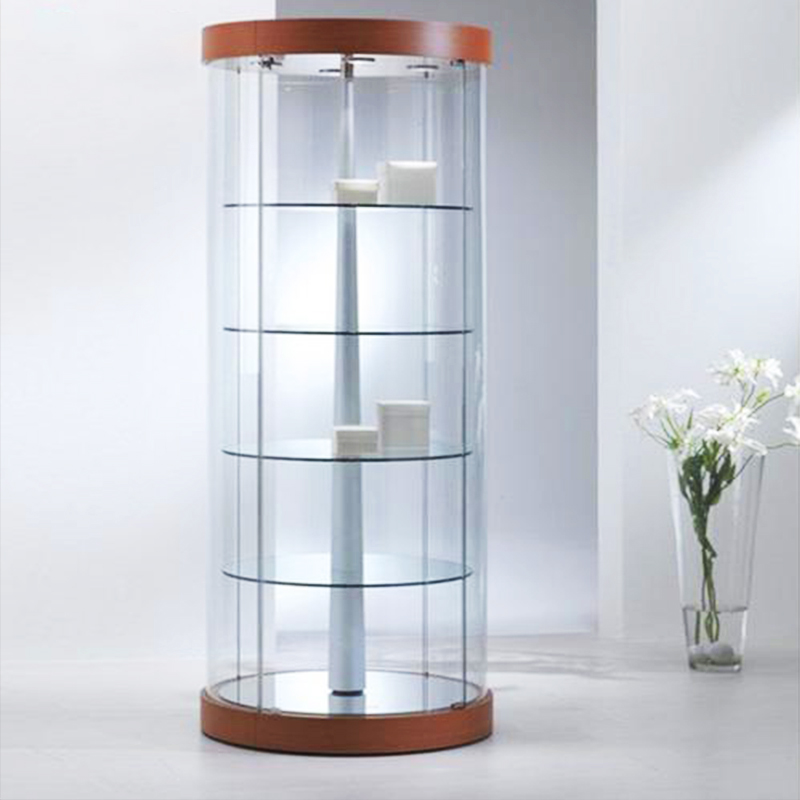
3. Design with Functionality in Mind
A display rack isn’t just a holder—it’s part of your customer experience.
The metal display rack often features sleek industrial designs that match modern interiors and structured spaces. Open shelving and modular units offer scalability for growing inventories.
A countertop display rack should be eye-catching and compact, with easy access to promote impulse buys. Rotating designs or tiered levels enhance usability.
The product display rack typically includes adjustable shelves or modular layouts, allowing it to adapt to a wide range of merchandise and display formats.
4. Consider Budget and Value
Price is a key factor, but so is cost-effectiveness. Here’s how to choose:
A metal display rack offers excellent return on investment, especially for high-load items or long-term store planning. It delivers strength and functionality without breaking the bank.
If you're managing a tight budget or promoting seasonal products, a countertop display rack can deliver great value with minimal space requirements.
For flagship products or brand storytelling, a custom product display rack can elevate the perceived value of your goods and enhance customer experience—justifying a higher price point.
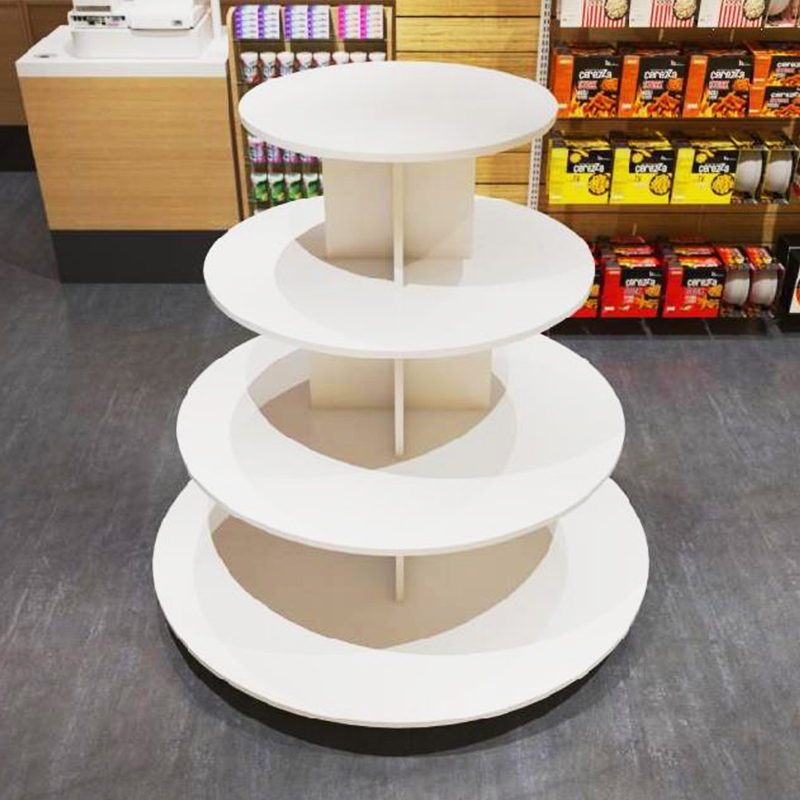
5. Choose Trusted Suppliers and Services
No matter which type of rack you choose—metal display rack, countertop display rack, or product display rack—partnering with a reliable manufacturer is key. Look for those that provide product warranties, customer support, and design consulting to ensure your purchase serves your business well into the future.
Conclusion
Choosing the right display rack doesn’t have to be overwhelming. By evaluating your product type, store layout, and long-term usage goals, you can confidently select between a metal display rack, a product display rack, or a countertop display rack. Each plays a unique role in boosting sales and enhancing the shopping experience. Take three minutes, make the right call, and watch your space transform.
Sintop Value
At Sintop, we manufacture custom metal display racks, innovative product display racks, and compact countertop display racks to meet the evolving needs of retailers worldwide. Our focus is on quality, customization, and client satisfaction. With cutting-edge production capabilities and a rigorous quality control process, we deliver display solutions that last and impress. Choose Sintop to empower your product presentation and retail strategy.

Contact information
Website: www.sintopfixtures.com
Wechat/WhatsApp: +86 15980885084
Email: elly@xm-sintop.com
FAQ
1. What are store fixtures?
Store fixtures are essential equipment and furniture used in retail spaces to display, organize, and store merchandise. Examples include shelving units, racks, display cases, counters, and hooks.
2. Why are store fixtures important?
Store fixtures enhance the shopping experience by organizing products, improving accessibility, maximizing space, and creating appealing displays that attract customers and boost sales.
3. What types of store fixtures are commonly used?
Common types of store fixtures include:
Shelving Units(wall shelves, free-standing shelves, adjustable shelving)
Display Cases (glass cases, countertop cases)
Racks (clothing racks, display racks)
Counters (checkout counters, service counters)
Hooks and Pegboards
End Caps
Signage and Graphics
Mannequins
4. How do I choose the right store fixtures for my retail space?
Consider your merchandise type, store layout, and branding needs. Fixtures should be functional, complement your store's design, and fit within your budget. Evaluate your space to determine the best fixture types and configurations for optimal product presentation and customer flow.
5. Can store fixtures be customized?
Yes, many store fixtures can be customized to align with your store's branding and specific needs. Customization options include materials, colors, sizes, and designs. Collaborating with a fixture supplier or designer can help create fixtures that match your store’s style and functional requirements.
6. How can I maximize space with store fixtures?
Utilize fixtures that optimize vertical space, such as wall-mounted shelves and tall display racks. Modular and adjustable fixtures can adapt to changing merchandise or store layouts. Plan your store layout carefully to ensure efficient use of space and smooth customer flow.
7. How do I maintain store fixtures?
Regularly clean and inspect fixtures to ensure they remain in good condition. Check for wear and tear, and repair or replace damaged parts. Follow manufacturer guidelines for maintenance and cleaning to extend the lifespan of your fixtures.
8. Can store fixtures be used for different types of retail stores?
Yes, store fixtures can be adapted for various retail environments, including clothing stores, electronics shops, grocery stores, and more. The choice of fixtures depends on the specific needs and merchandise of the store.
9. How can store fixtures improve the customer experience?
Well-designed fixtures make products easy to find and browse, enhancing the overall shopping experience. Effective use of fixtures creates an organized, aesthetically pleasing environment that encourages customers to spend more time in the store.
10. Where can I purchase store fixtures?
Store fixtures can be purchased from specialized fixture suppliers, retail equipment stores, or custom fixture manufacturers. Online retailers and local suppliers also offer a wide range of options.

